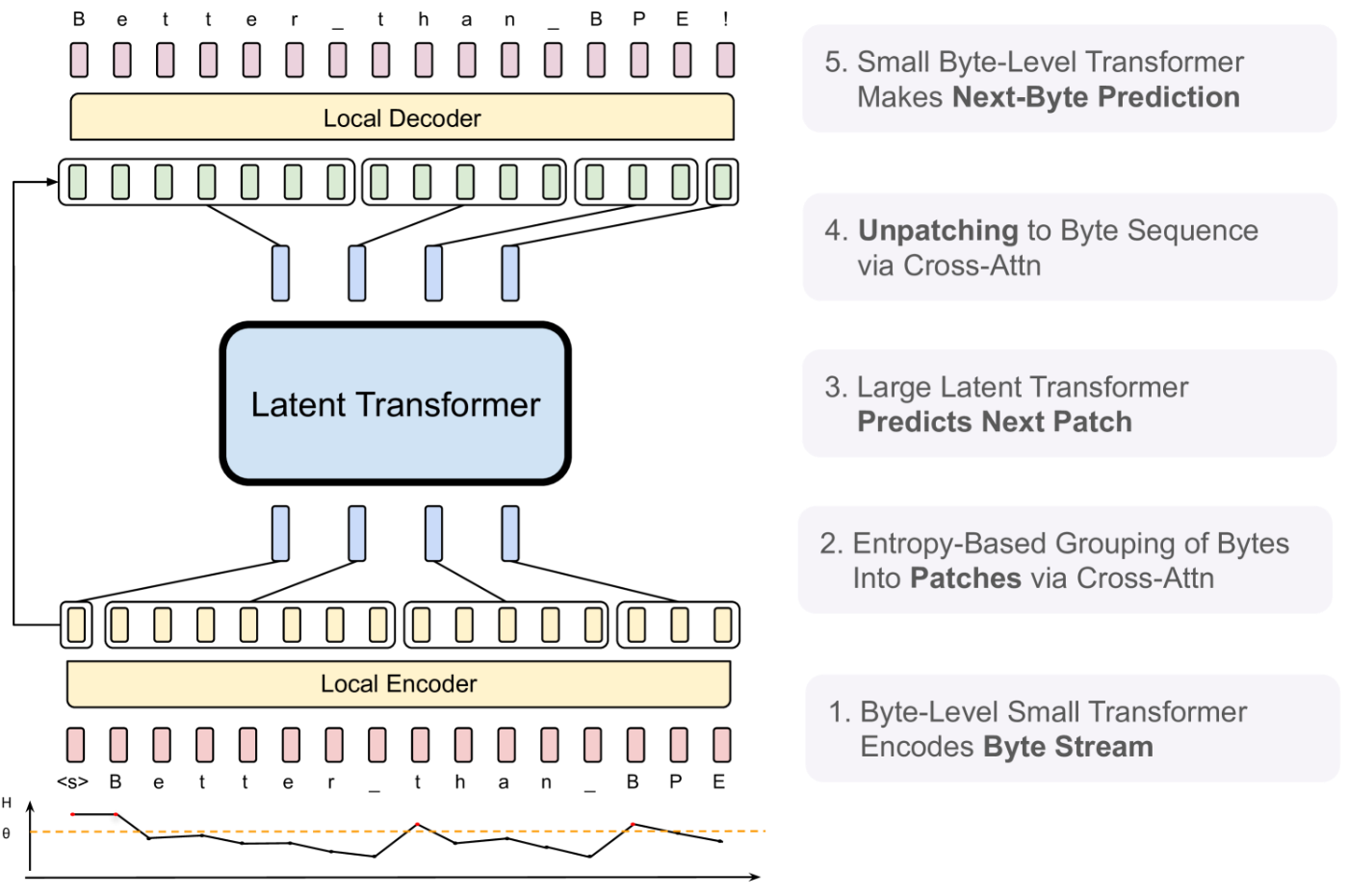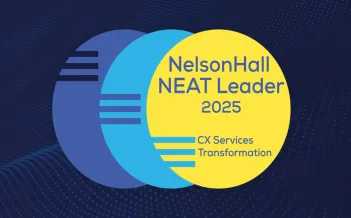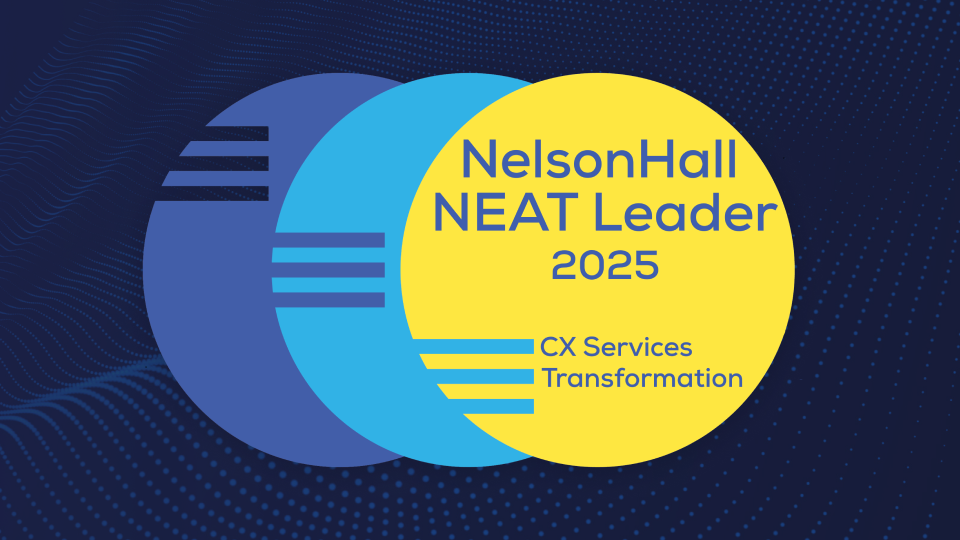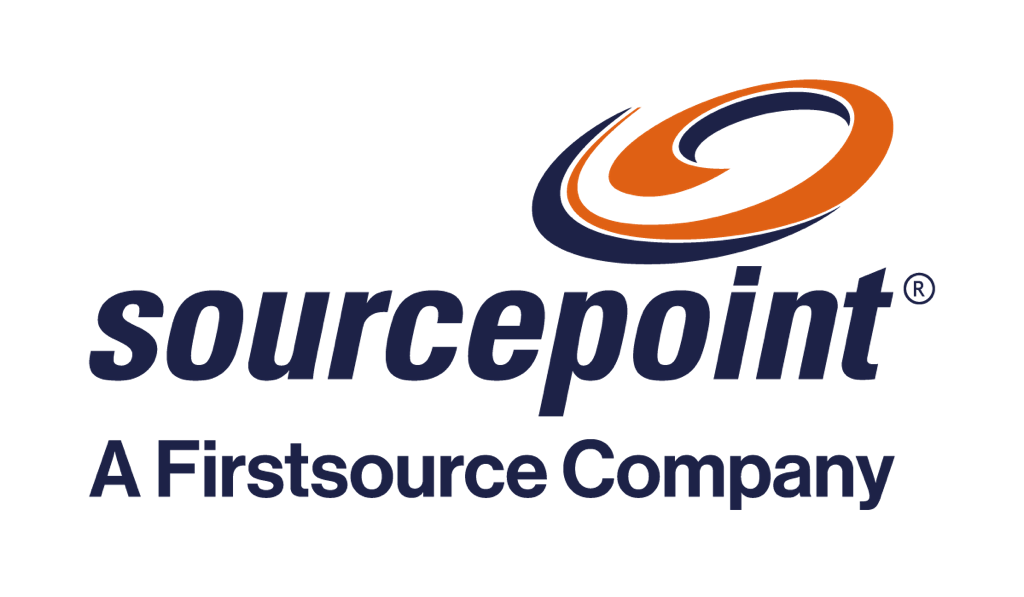Imagine your AI chatbot instantly understanding every customer message — no matter how many typos, broken grammar, or unfamiliar slang it contains. Now, picture your document processing system breezing through scanned PDFs, scribbled handwritten notes, and oddly formatted emails without missing a beat.
This isn’t sci-fi.
It’s the power of the new Byte Latent Transformer (BLT) — a breakthrough that’s redefining how machines understand human communication.
What Makes BLT Different
For years, Large Language Models (LLMs) have relied on tokenization, breaking text into puzzle pieces before the AI can understand. Traditional AI models segment text into ‘tokens’ using established methods like Byte-Pair Encoding (BPE). But here's the problem, this approach is like having a very picky eater who can only handle perfectly prepared food.
When your customers send messages with typos, use informal language, or write in languages your AI wasn't specifically trained for, these traditional systems often stumble unpredictably. BLT changes everything by working directly with raw bytes — the most fundamental units of digital text. Instead of forcing text through a rigid tokenization process, BLT dynamically groups bytes into 'patches' based on how complex or predictable the text is. It's like having an intelligent reading system that automatically slows down for difficult passages and speeds up for easy ones.
The Business Impact: Why This Matters
Understanding technical innovation is just the beginning. The real question is how this breakthrough translates into tangible business advantages. Let's explore the three core areas where BLT delivers immediate value:
Cost Savings Through Efficiency
Traditional AI models waste computational power by giving equal attention to every piece of text, whether it's a simple 'Yes' or a complex technical explanation. BLT's adaptive approach uses up to 50% fewer computational resources while matching or exceeding the performance of models like LLaMA3.For your business, this means:
- Lower cloud computing costs for AI operations
- Quicker response time for customer interactions
- Ability to handle more users with the same infrastructure budget
Superior Handling of Noisy Real-World Data
Your customers don't write perfect, textbook English. They use abbreviations, make typos, mix languages, and write in ways that would make your high school English teacher cringe. BLT thrives in these conditions where traditional models fail.Real-world scenarios where BLT shows clear advantages:
- Processing customer service chats filled with typos and informal language
- Processing scanned documents with OCR errors
- Understanding social media posts with slang and creative spellings
- Handling multilingual customer communications seamlessly
True Language-Agnostic Processing
Unlike traditional models that favor major languages, BLT treats all languages equally at the byte level. This means consistent performance across 100+ languages without the bias toward English that plagues current systems.Business advantages:
- Faster expansion into global markets
- Consistent customer experience regardless of language
- Eliminates need for separate models for different languages
- Enhanced support for underserved linguistic communities
Enterprise Applications: Where BLT Will Transform Your Operations
Now that we've established the core benefits, let's examine how these advantages play out in specific business scenarios where companies are already struggling with current AI limitations:
Customer Support Operations
Your support team currently struggles with:
- Typos in customer messages that confuse AI responses
- Informal language that breaks automated systems
- Mixed-language support requests
- Inconsistent AI performance across different communication channels
BLT addresses these pain points by understanding text at the most fundamental level, making your customer support AI truly robust.
Document Processing
Traditional AI often struggles with:
- Scanned documents containing OCR errors
- Emails with inconsistent formatting
- Reports with mixed languages and technical jargon
- Handwritten notes converted to digital text
BLT's byte-level processing handles all these scenarios naturally, reducing preprocessing requirements and improving accuracy.
Content Moderation and Safety
Bad actors constantly evolve their tactics, using creative spellings and subtle variations to bypass traditional content filters. BLT's deep character-level understanding catches these subtle variations that tokenized models miss, enhancing platform safety and regulatory compliance.
The Technical Breakthrough: How BLT Actually Works
BLT uses a clever three-part system:
- Local Encoder: Converts raw bytes into smart patches based on text complexity and predictability patterns
- Latent Transformer: The main processing engine that works with these adaptive patches
- Local Decoder: Converts processed patches back to byte sequences for output
This architecture allows BLT to allocate computational resources where they're needed most, spending more processing power on complex or ambiguous text while breezing through predictable content. The result is both improved performance and reduced computational requirements.

Image: Byte Latent Transformer (BLT) . Ref- BLT paper
Looking Forward: The Future of AI is Byte-Level
The introduction of BLT represents more than just a technical improvement. It's a paradigm shift towards more practical, business-friendly AI systems. As organizations increasingly rely on AI for customer interactions, document processing, and content analysis, the robustness and efficiency advantages of byte-level processing become critical competitive differentiators.
Key takeaways for business leaders:
- BLT eliminates many preprocessing requirements, simplifying AI deployment
- Enhanced handling of real-world messy data directly improves user experience
- Improved computational efficiency translates to significant cost savings through
- True language-agnostic capability accelerates global expansion
- Enhanced robustness reduces maintenance and error handling costs
The era of fragile, tokenization-dependent AI is ending. BLT points to a future where AI systems are as resilient and adaptable as human intelligence, capable of understanding communication in all its messy, imperfect, beautiful human forms.
For forward-thinking businesses, the question isn't whether to adopt byte-level AI processing, but how quickly they can integrate these capabilities to gain a competitive edge in an increasingly AI-driven economy.
References:
1. https://aipapersacademy.com/byte-latent-transformer/
2. https://arxiv.org/html/2402.19155v1
3. https://arxiv.org/abs/2412.09871










